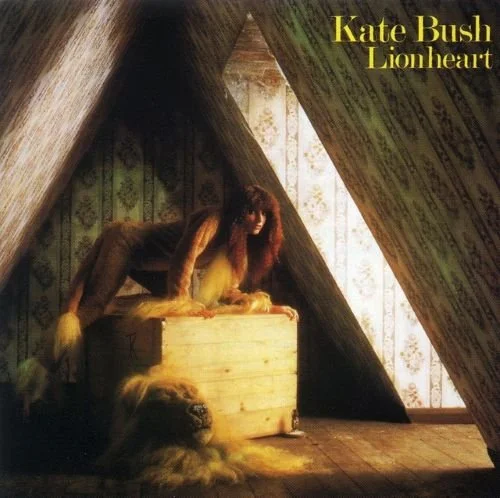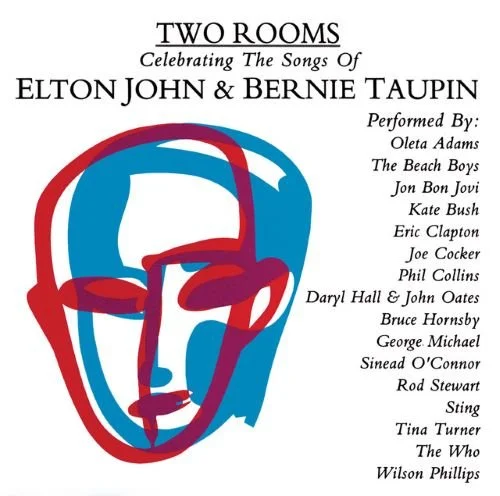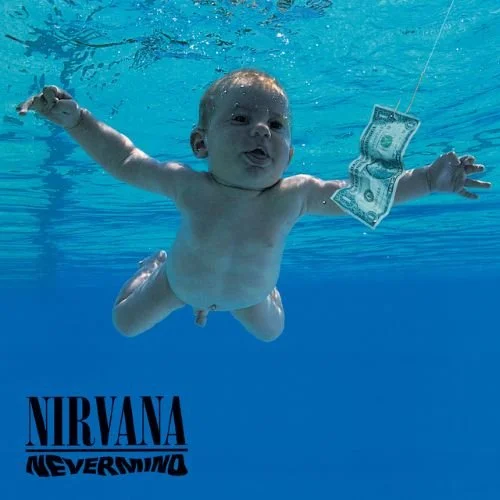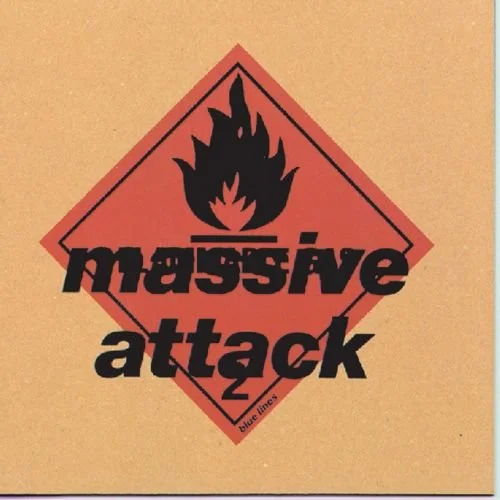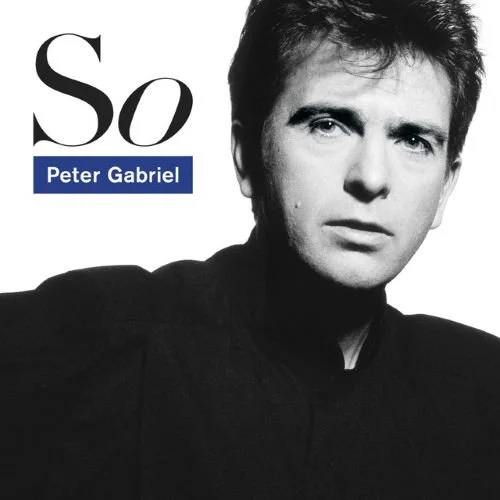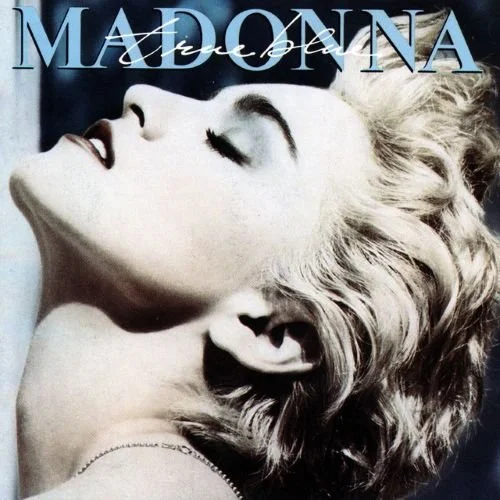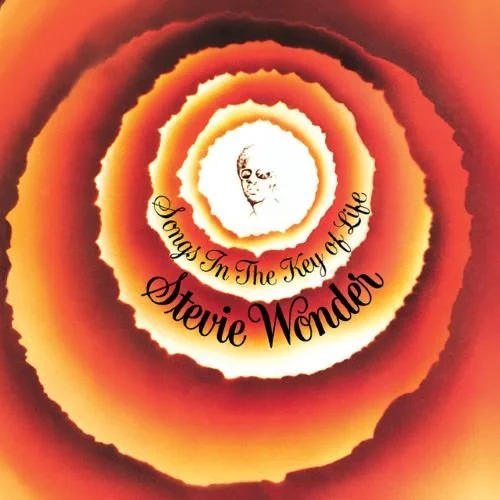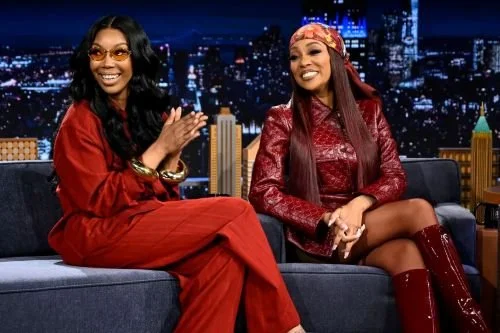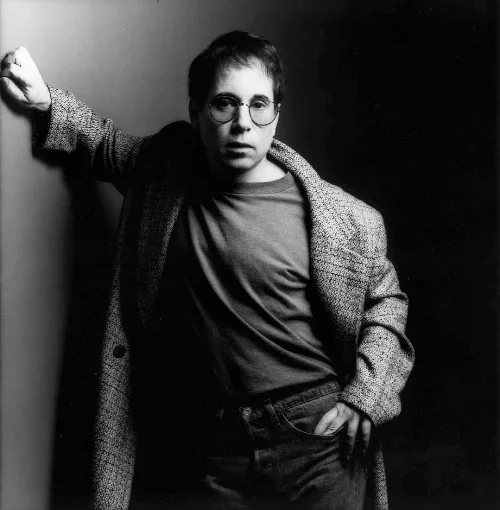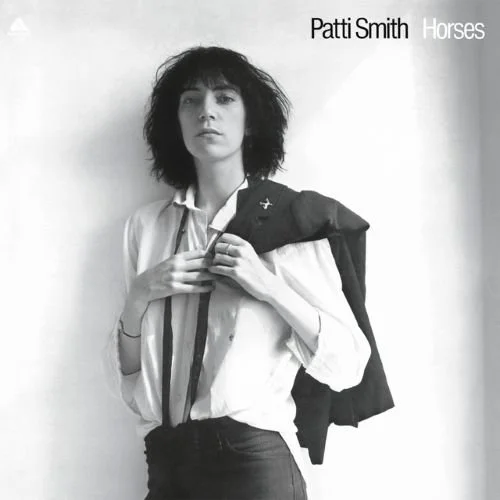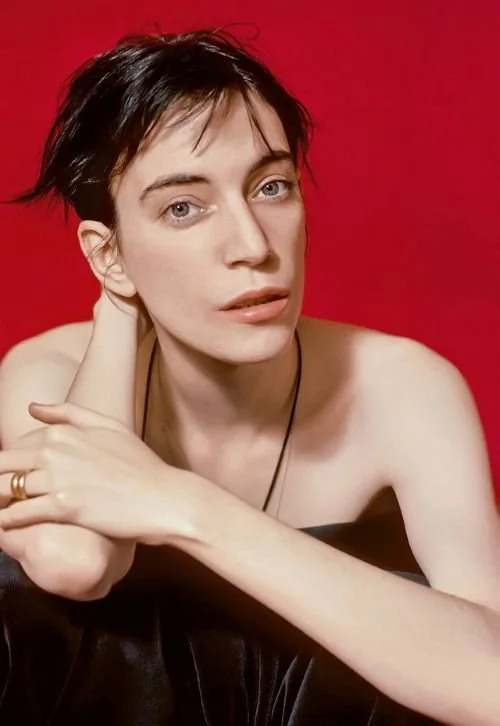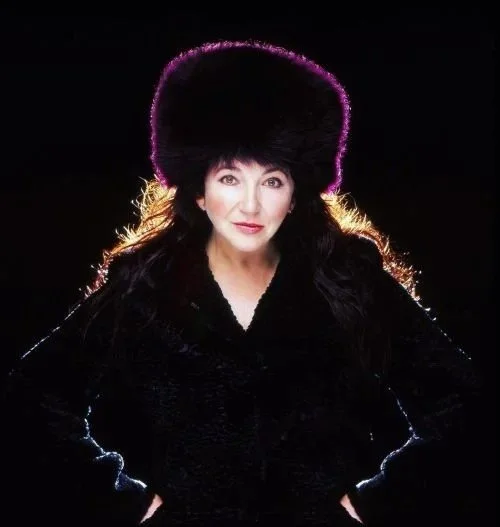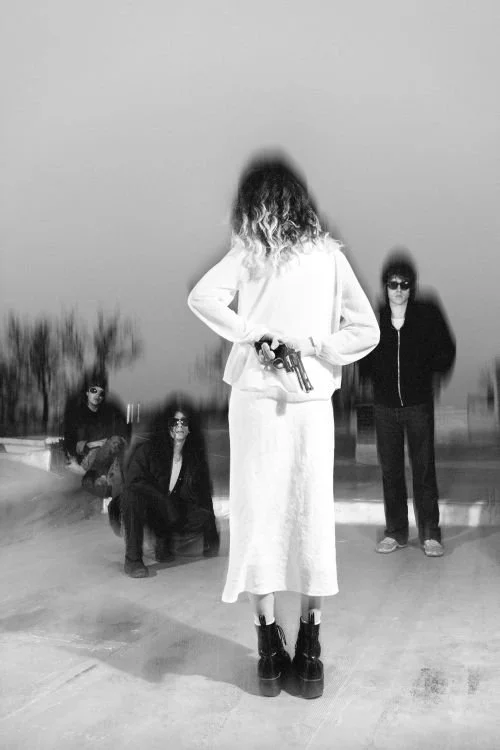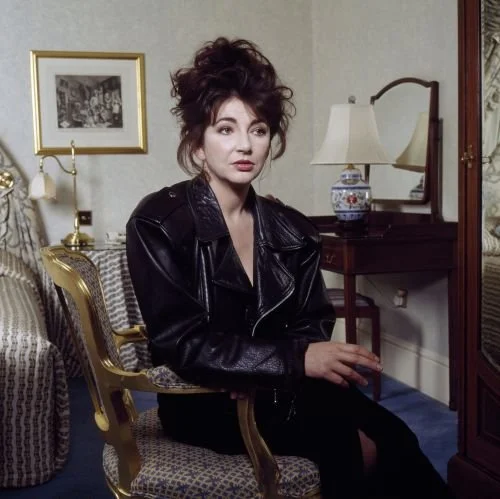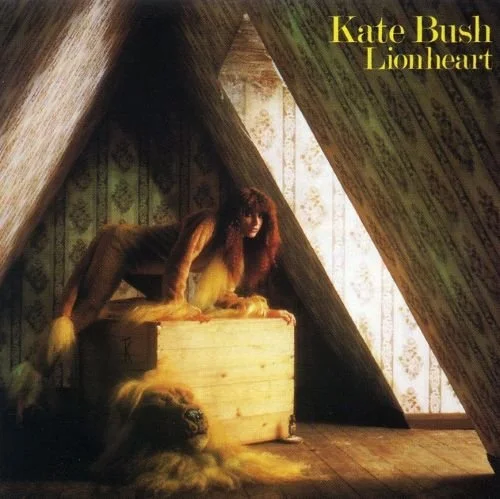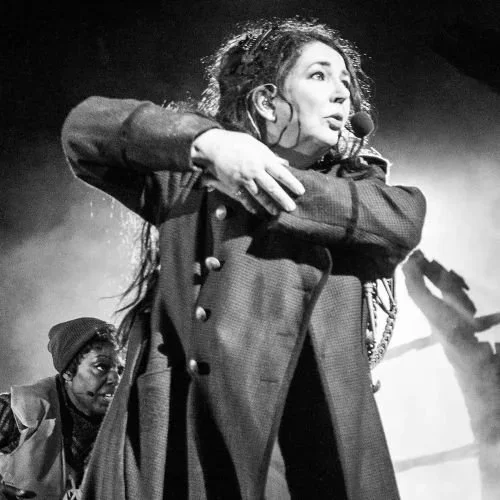FEATURE:
Kate Bush’s Lionheart at Forty-Seven
IN THIS PHOTO: Kate Bush in an outtake from the Lionheart cover shoot in 1978/PHOTO CREDIT: Gered Mankowitz
A Blue Symphony: Inside an Underrated Album
__________
IT is hard to passionately…
write about an album when even its creator is kind of cold towards it. Not that Kate Bush has dismissed it altogether. She sort of said she was not happy with her first three albums. Not entirely, anyway. That would be 1978’s The Kick Inside, Lionheart (1978) and 1980’s Never for Ever. Perhaps her growing and not completely in control of the sound of those albums. I do think that Lionheart has been overlooked by almost everyone. Even though 1979’s The Tour of Life was also called the Lionheart Tour, she did perform its ten tracks on the road. Promoting this album and also playing most of the songs from The Kick Inside. She promoted Lionheart and talked fondly of it when it came out in 1978. As it turns forty-seven on 10th November, I wanted to spend more time with it. In the first anniversary feature recently, I dropped in some promotional interviews. Here, I will highlight some of the more under-discussed songs from Lionheart. However, this is one of Kate Bush’s albums that is very underrated. In terms of any retrospection. Whereas other albums have been written about and there is this retrospective interest, there is virtually none for Lionheart! That is a real pity. It is an album that, whilst not her very best, contains some phenomenal songs. One of the biggest factors working against Lionheart was how EMI rushed her into recording. Recorded between July and September 1978, it was recorded out of Super Bear Studios in Berre-les-Alpes, France. It was the one and only time Bush recorded an album outside of England. In terms of the impressions she had on the album through the years:
“I had only a week after we got back from Japan to prepare for the album. I was lucky to get it together so quickly.
(Pulse!, April 1984)
“There were quite a few old songs that I managed to get the time to re-write. It’s a much lighter level of work when you re-write a song because the basic inspiration is there, you just perfect upon it and that’s great.”
(promo cassette, EMI Canada, 1978)
“I only wrote three new songs - ‘ Symphony in Blue’, ‘Fullhouse’’ and ‘Coffee Homeground’’ - and if you know that, then you can tell the difference in style.
Basically, this album could have been a lot better.”
(1984, Women of Rock)”.
After promoting The Kick Inside extensively, it was incredible that she put an album together at all! Back from Japan and the end of a lengthy run of interviews and performances, Bush was summoned into making a new album. She would not have had time to record all new songs and record an album by the end of the year. As she says, the three songs that she wrote new are very different in terms of style and tone. I will come to Coffee Homeground soon. Symphony in Blue is one of the best things she ever wrote, so it is curious to think what would have come out if she was given a few more months to work on tracks! In any case, Lionheart hangs together and mixes in better-known tracks like Wow (the second single from the album) and rarer songs like Don’t Push Your Foot on the Heartbrake and In the Warm Room.
It is inevitable that Bush felt it easy to write a lot of the album, as she was basically reworking and retouching songs already written. Rather than given the seven older tracks a radical reworking, they were probably not changed too much. People thinking Lionheart is a weaker version of The Kick Inside. What was Kate Bush meant to do?! I have already written about Symphony in Blue, Wow, Hammer Horror and Kashka from Baghdad quite a bit. Now, to show the strength of Lionheart, I am coming to In Search of Peter Pan, In the Warm Room and Coffee Homeground. I think that In the Warm Room is one of those songs that gets dismissed as The Kick inside-lite. It would have easily fitted on the second side of that album and might have been considered. However, I do think that it features one of Kate Bush’s most arresting vocal performances. This is a song that never had a televised appearance. It was going to be performed for Michael Aspel in 1978. However, it was felt to be too sexually explicit, so instead she was allowed to perform Kashka from Baghdad – which is about two homosexual men in a secret relationship! It is one of these songs you will never hear live, through it is a gem. This is what Kate Bush said about In the Warm Room:
“I’m always getting accused of being a feminist. Really I do write a lot of my songs for men, actually. In fact, ‘In The Warm Room’ is written for men because there are so many songs for women about wonderful men that come up and chat you up when you’re in the disco and I thought it would be nice to write a song for men about this amazing female. And I think that I am probably female-oriented with my songs because I’m a female and have very female emotions but I do try to aim a lot of the psychology, if you like, at men.
Personal Call, BBC Radio 1, 1979”.
It is interesting that Bush almost butted up against the idea of being a feminist. Maybe feeling that she had to be more male-orientated to be heard. Or that most of her favourite music was by men; that is where she wrote from. However, I do love the images that Kate Bush brings into her lyrics: “In the warm room/She prepares to go to bed/She’ll let you watch her undress/Go places where/Your fingers long to linger/In the warm room/You’ll fall into her like a pillow/Her thighs are soft as marshmallows/Say hello/To the soft musk of her hollows”. One of many terrific songs from Kate Bush’s second studio album, Lionheart.
In Search of Peter Pan is another one of those tracks you will very rarely hear played on the radio. One thing I have observed about Kate Bush’s albums is that she writes almost every single thing on them. In terms of the lyrics. In Search of Peter Pan is an example of someone else’s words being quoted. She ends the song by singing from When You Wish Upon a Star (which was written by Leigh Harline and Ned Washington for the 1940 Disney film, Pinocchio). I want to quote from a feature by Dreams of Orgonon that has some fascinating insights. First, this is what Kate Bush said about the background to the second song on Lionheart:
“There’s a song on [Lionheart] called ‘In Search Of Peter Pan’ and it’s sorta about childhood. And the book itself is an absolutely amazing observation on paternal attitudes and the relationships between the parents – how it’s reflected on the children. And I think it’s a really heavy subject, you know, how a young innocence mind can be just controlled, manipulated, and they don’t necessarily want it to happen that way. And it’s really just a song about that.
Lionheart promo cassette, EMI Canada, 1978”.
In a feature that contains more words written about In Search of Peter Pan that what everyone else combined has ever said about it I feel (except for me), there is the depth and detail that this song deserves. In 2019, Dreams of Orgonon shared their opinion about a shining example of why you cannot write off or diminish the brilliance of Lionheart. It is an album that should get love ahead of its forty-seventh anniversary:
“Of course we have to talk about the song’s titular character. Peter Pan is effectively popular culture’s favorite anthropomorphization of adolescence. As he will never grow up, he embodies childhood as an endless state which actively revolts against growing up. Given that Bush had been writing fairly adolescent songs not too far back, it’s clear to see why she’d use Pan as a touchstone. Yet her path differs from Pan’s: in the chorus, she declares her desire to grow up and “find Peter Pan” (perhaps as some kind of star sailor) and escape from the trap of adult life. The departure from Peter Pan is that Bush states that she will become an adult instead of just flying to Neverland. Part of being an adult to Bush is being able to enjoy childlike things. More pertinently, as a child you believe you will hold onto childish things forever, and as an adult she holds onto this belief. The culture of children is an important part of Bush’s ethos — it presents an alternative to the tedium of adulthood. She’s never let go of childhood as an ideal, letting it play a role in her work as late as Aerial.
Bush’s quotation of Disney in the outro is an extension of this. The quote she knabs is the most famous part of Pinocchio: “when you wish upon a star/makes no difference who you are/when you wish upon a star/your dreams come true.” This is the Disney theme song, the saccharine aphorism on which their brand is constructed. Bush is quoting the most fantastical idea of childhood possible. Yet she takes this overused quote and turns it into the song’s most interesting musical moment. She sings the quote in a minor key, slowly descending as she does it. It’s not a straight quote; Bush outright warps the song. As Bush won’t pretend childhood is without pain, depictions of it must reflect some kind of wrongness and pain.
“In Search of Peter Pan” has no shortage of adolescent agony. At the start of the song, Bush has given up and declared that she “no longer see[s]” a future. Throughout the song she sings about a child whose life has been derailed by adult interference, taking the game right out of it. Modes of escape are flights of fancy, whether it be the singer’s friend Dennis who fancies himself beautiful (a queer part of the song) or flying away to be Peter Pan. Fantasy is a refuge for Bush: when in doubt, remember your inner fantasist”.
I will wrap up after I take a look at one more of my favourites from Lionheart. Coffee Homeground, alongside Fullhouse and Symphony in Blue, is a tantalising glimpse into a direction Kate Bush could have taken. Not wanting to repeat herself, I guess you can look at this as a step between where she was and where she would head on Never for Ever, Although, there is very little on Never for Ever that sounds like Coffee Homeground! A song that mentions a controversial character, I do especially love the lyrics on Coffee Homeground. This is what Kate Bush said about writing the song:
“[‘Coffee Homeground’] was in fact inspired directly from a cab driver that I met who was in fact a bit nutty. And it’s just a song about someone who thinks they’re being poisoned by another person, they think that there’s Belladonna in their tea and that whenever they offer them something to eat, it’s got poisen in it. And it’s just a humorous aspect of paranoia really and we sort of done it in a Brechtian style, the old sort of German [vibe] to try and bring across the humour side of it.
Lionheart Promo Cassette, EMI Canada, 1978”.
This is a song that I would love to have seen a music video for. I have talked about Coffee Homeground before, but it is worth exploring as much as possible. Coming back to Dreams of Orgonon and what they say about a track, that is so compelling and odd. In the most brilliant and Kate Bush way! One I have loved for so long:
“This is a stridently different approach than the one Kate Bush has to characters, which is to empathize with them and use their plights to encapsulate fraught human experiences. Even the paranoid character presented in “Coffee Homeground” is allowed the subjectivity of their perception of events. Yet there’s still a sense that Bush is an unreliable narrator. “Homeground” is the story of their paranoia that their host is trying poison them. Bush speaks at length about all the different toxins she might be killed with, from bitter almonds to hemlock to arsenic. She’s in some sort of decrepit house with “torn wallpaper” and “pictures of Crippin/lipstick-smeared,” (likely referring to the allegedly uxoricidal Hawley Harvey Crippen). The song takes the form of a screed, with Bush declaring all the ways she won’t be caught (“in the pot of TEA!”), with verses taking an epiphoral structure in which nearly all of them end with the phrase “coffee homeground.” It’s an extravagant piece of songwriting, extremely conscious of form and rife with tension as it leaves all pretense of believability behind. Bush said the song was inspired by a paranoid cabbie she met, and that’s the sort of character she’s written here. Despite the song being entirely theirs, there’s a degree of separation from the audience, that the singer can’t be trusted. Bush is entirely operating on theatrics and leaving emotional realism at the door”.
Yet there’s an element of Epic Theater which Bush neglects altogether: its strident anti-capitalism. Brecht was a Marxist who used the theater to shatter an audience’s preconceptions of how a capitalist society works. Bush has never been very interested in subverting the established social order. Even when she’s an actively subversive songwriter, she’s still essentially being one in the position of a well-to-do middle-class heterosexual white woman. This lack of political intent makes “Coffee Homeground” feel like it’s missing a key ingredient (and I’m not talking about hemlock). It’s not clear why this song has to be a Brechtian homage — it makes the song more striking, but it’s not clear what Bush is trying to say.
Resultingly, Bush’s engagement with Epic Theater is a purely audible one. “Homeground” owes more to Kurt Weill and Lotte Lenya than it does to Brecht, as it’s their sound Bush pillages. Bush’s trill becomes a half-spoken warble as she strives to sound like Lenya for a track. It’s not a bad impression — sure, it sounds nothing like Lenya’s voice, but Bush doesn’t do the worst job of imitating her speech patterns. Musically, the strongest resemblance to Brecht and Weill’s work here is the morbid subject matter applied to carnivalesque scoring. The melody contains huge leaps and never sounds quite the same, as the intro and bridge repeat essentially the same phrase in a different key every time they appear. There are little discordant details such as the use of the non existent #VII chord of B flat (A), which doesn’t appear in B flat major or B flat minor. The pre-chorus will make a play at being in A before transforming into some mode of B (possibly mixolydian, or anything with a flattened seventh). Even if “Homeground” lacks conceptual clarity, it’s far from banal”.
I think the last time I featured this track on its own was last year. The Kate Bush fanzine, HomeGround, got its name from this song. Coffee Homeground’s lyrics send the imagination in all sorts of directions: “Where are the plumbers/Who went a-missing here on Monday?/There was a tall man/With his companion/And I bet you gave them coffee homeground/Maybe you’re lonely/And only want a little company/But keep your recipes/For the rats to eat/And may they rest in peace with coffee homeground/Well, you won’t get me with your Belladonna – in the coffee,/And you won’t get me with your aresenic – in the pot of tea/And you won’t put me in a six-foot plot – with your hemlock/On the rocks”.
I am not sure whether anyone will write about Lionheart on 10th November. It has so many truly great songs on it. I have expanded on a few of them. Even if I am not too hot on tracks like Don’t Push Your Foot on the Heartbrake, I recognise that it is far stronger than it is given credit for. This assumption that Lionheart is a rushed failure and poor attempt. It places low when people rank her albums, as you can see here, here, here and here. It usually placed bottom (out of ten) or second-bottom. Even if Rough Trade deemed it her worst album, insanely, ahead of 50 Words for Snow (no sane human would see that album as Kate Bush’s worst!), they did note this:
“Nevertheless, there is still beauty and bedazzlement within. Hammer Horror is camp and theatrical Kate, and is one of many examples of her strong love of all things celluloid. Don’t Push Your Foot On The Heartbrake gives a good account of how The KT Band may have sounded back when they were rocking the shit out of South London pubs before Kate launched her solo career. The emotional cry of Wow is about the cynical, finickity side of show business (is there any other side?!) This is Kate’s attempt to “write a Pink Floyd song - something spacey”, but it’s the Vaudeville meets Brecht Coffee Homeground, which is the true hidden gem here. Mad as a box of frogs”.
I am going to finish off. I hope people reinspect Lionheart and appreciate it. Despite the fact Kate Bush might not be a fan and sees it as not up to her standard, it is an album that I really love. Wonderfully rich and diverse, there is a mix of the old and the new. On 10th November, forty-seven years after it came out, go and show Lionheart…
AS much love as possible.


